Historical Context
Historically, pateres were prominent in ancient Roman architecture. They adorned walls and furniture, showcasing intricate designs and motifs. Craftsmen incorporated more elaborate designs, influenced by the artistic movements of the period.
Design and Materials
Modern pateres come in a wide variety of designs, from simple and minimalist to highly ornate. They can be crafted from numerous materials, including wood, metal, glass, and plastic, allowing them to suit any decor style.
- Wooden Pateres: These are classic and versatile. They can be carved into intricate shapes or left plain for a more rustic look. Wood pateres can be stained, painted, or varnished to match the surrounding decor.
- Metal Pateres: Offering durability and a sleek appearance, they can range from wrought iron with a vintage feel to polished stainless steel for a modern touch. People often use them in contemporary and industrial interior designs.
- Glass Pateres: These provide a touch of elegance and sophistication. Often used in more decorative settings, these can be clear, frosted, or colored to add a unique visual element.
- Plastic Pateres: Lightweight and affordable, plastic pateres are practical for everyday use. They come in a vast array of colors and shapes, making them a popular choice for children’s rooms or informal spaces.
Functional Use
Pateres are highly functional, offering solutions for organization and storage. Common uses include:
- Coat Hooks: Pateres placed in entryways or mudrooms provide convenient spots for hanging coats, hats, and scarves.
- Towel Holders: In bathrooms, they keep towels within easy reach while adding a decorative element.
- Kitchen Organization: You can install them to hold utensils, pots, and pans, maximizing kitchen space and keeping essentials accessible.
- Decorative Displays: Beyond their utilitarian purposes, you can use them to display decorative items, such as wreaths, plants, or artwork, adding visual interest to walls.
Installation and Placement
Installing pateres is straightforward, typically requiring only basic tools. You can mount them on walls, doors, or furniture. The placement of them should be both strategic and aesthetic:
- Height: Ensure these are at a comfortable height for their intended use. For coat hooks, this might be around shoulder height, while in kitchens, they should be easily reachable.
- Spacing: Proper spacing is crucial to avoid overcrowding and to ensure functionality. Consider the size and number of items you plan to hang.
- Symmetry and Balance: For a pleasing visual arrangement, consider the symmetry and balance of pateres, especially when using multiple hooks in a row or grid.
Conclusion
Pateres are timeless fixtures that blend functionality with aesthetic appeal. Their versatility in design and application makes them suitable for any environment, from historical homes to contemporary spaces. Whether used for organization, decoration, or both, these continue to be a beloved and essential element in interior design.
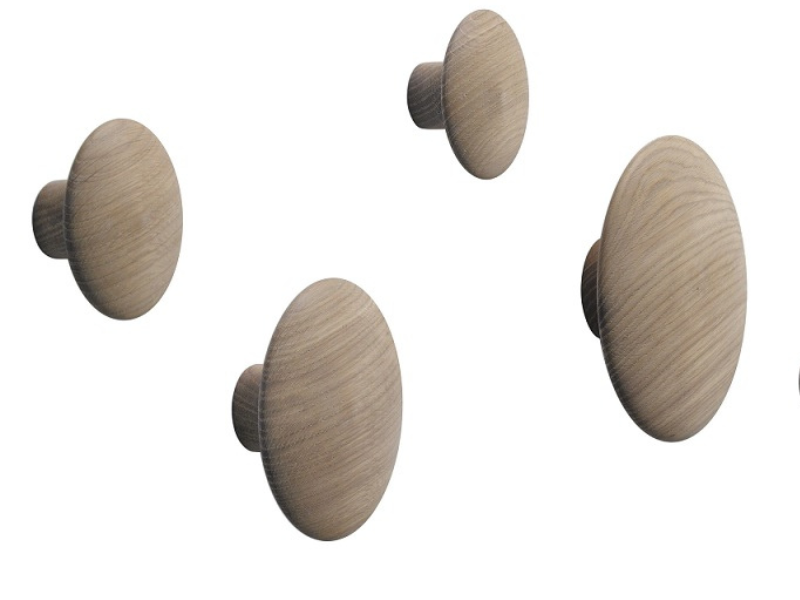
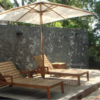
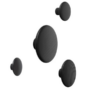
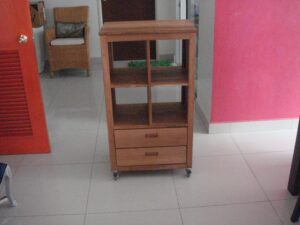
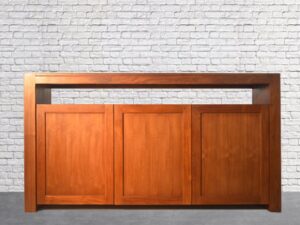
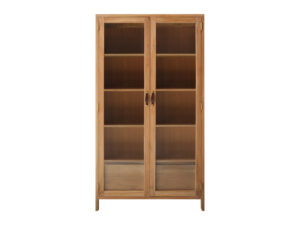
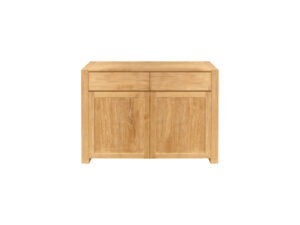
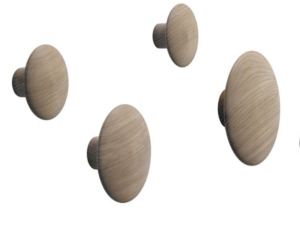
Reviews
There are no reviews yet.